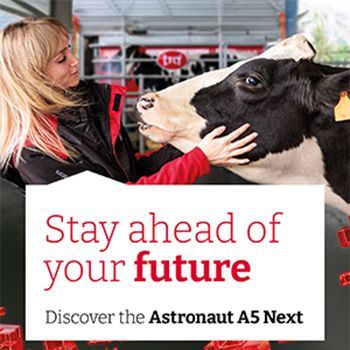India–EU FTA Talks: The Dairy Dilemma and a Path Forward

India, the world’s largest milk producer, is also an increasingly attractive market for Europe’s high-value dairy derivatives. In 2024, it imported over 34 million kilograms of whey and nearly 71 million kilograms of lactose, critical ingredients in infant nutrition and performance supplements. The value of this trade exceeds ₹10,000 crore and supports a rapidly evolving domestic food industry.
Yet, tariffs on these imports remain steep, ranging from 30% to 60%, and Brussels is pressing for deeper access. For the European Union, dairy is not just about trade—it’s about influence in global value chains and standard-setting in health and nutrition. For India, it is a livelihood issue, touching the lives of 120 million smallholder dairy farmers, many of whom operate on the economic margins.
At the heart of the standoff is a question: Can India open its doors without undermining its own producers?
The think tank Jordbrukare India believes the answer lies in precision liberalisation. Their proposal, pragmatic and politically palatable, hinges on a quota-based compromise:
-
Whey imports up to 25,000 metric tonnes and lactose imports up to 20,000 metric tonnes would benefit from reduced tariffs of 10–15%, providing a lifeline to domestic food processors and nutrition startups.
-
Full tariff protections would remain on sensitive products such as cheese, skimmed milk powder (SMP), and fresh dairy, which directly compete with Indian smallholder production.
-
India would negotiate reciprocal concessions in non-dairy sectors—electric vehicles, renewable technology, and wine—where the EU seeks market expansion.
-
Both sides would work to dismantle non-tariff barriers (NTBs) hampering Indian dairy exports, from sanitary standards to labelling protocols.
-
Finally, India would express alignment with EU sustainability goals, but insist on a pathway that respects local realities, from methane intensity to fodder scarcity.
This is not just horse-trading. It is a vision of smart protectionism, one that insulates India’s rural economy while enabling its processing sector to plug into high-value global chains. The stakes are clear: mishandled, liberalisation could trigger rural unrest and political backlash. Handled wisely, it could spark a new wave of investment in India’s dairy infrastructure—particularly in processing, cold chains, and export-oriented innovation.
The EU, for its part, would do well to temper ambition with nuance. The Indian dairy market is not Western Europe in miniature. It is a patchwork of micro-producers, informal networks, and nutritional challenges. Demanding blanket access risks alienating the very partners it seeks to engage.
India has long prided itself on navigating globalisation without surrendering domestic agency. The dairy clause in the FTA could become a textbook case in how to do just that—not by flinging the doors wide open, but by opening them just wide enough.














